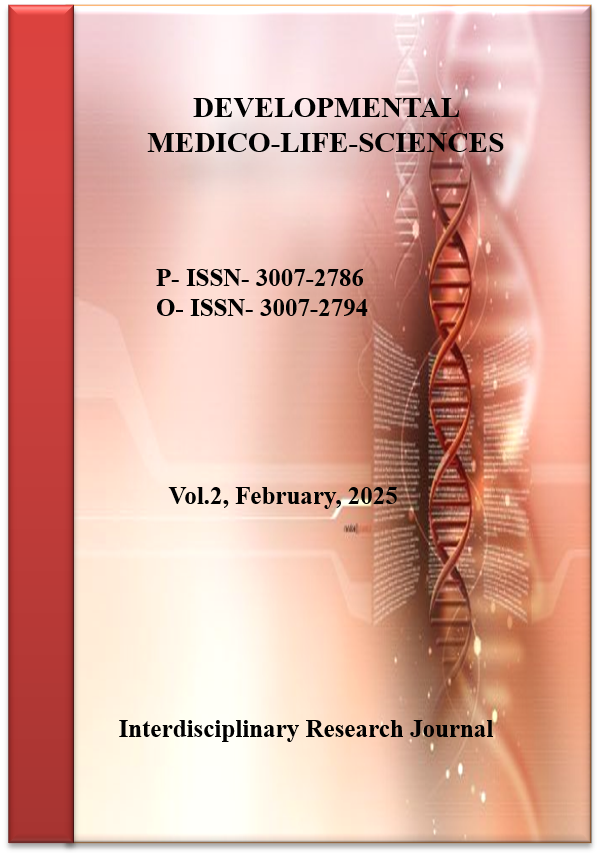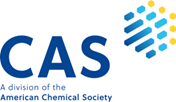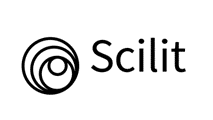A Comparative Morphological Analysis of the Glenohumeral Joint in Male and Female Adult Shoulders
Glenohumeral Joint: A Sex-Based Morphological Analysis
DOI:
https://doi.org/10.69750/dmls.02.02.0116Keywords:
Glenohumeral joint, sexual dimorphism, glenoid dimensions, humeral head morphology, bone metabolismAbstract
Background: Shoulder joint morphology affects stability and prosthesis design, but Pakistani data are scarce.
Objectives: To Quantify glenoid and humeral head dimensions in male vs. female Pakistani cadavers and relate them to bone biomarkers.
Methods: Fifty unpaired shoulders (25 male, 25 female; age 30–70 years) were dissected at Pakistani medical colleges (Sep 2023–Sep 2024). Exclusions: prior surgery, osteoarthritis, trauma, congenital anomalies. Digital calipers measured glenoid width, glenoid height, humeral head diameter, and head height. Postmortem serum 25(OH)D, calcium, phosphate, PTH, and ALP were assayed. Independent t-tests compared sexes; Pearson correlation evaluated biomarker–dimension associations.
Results: Males had larger glenoid width (27.5 ± 2.3 vs. 24.1 ± 2.0 mm), height (34.2 ± 2.8 vs. 30.7 ± 2.5 mm), head diameter (48.3 ± 3.5 vs. 43.7 ± 3.1 mm), and height (41.0 ± 3.2 vs. 37.2 ± 2.9 mm) (p < 0.001). Females showed lower 25(OH)D (18.4 ± 6.8 vs. 23.5 ± 7.2 ng/mL; p = 0.02), higher PTH (55 ± 15 vs. 45 ± 12 pg/mL; p = 0.04), and ALP (22 ± 6 vs. 18 ± 5 IU/L; p = 0.03). Vitamin D correlated with glenoid width (r = 0.34; p = 0.01) and head diameter (r = 0.31; p = 0.02); PTH inversely correlated with head height (r = −0.34; p = 0.01).
Conclusion: Pronounced sexual dimorphism exists in Pakistani glenohumeral morphology. Sex-specific prosthesis sizing and preoperative metabolic assessment may improve surgical outcomes.
Downloads
References
Jacobson A, Gilot G, Hamilton M, Greene A, Flurin PH, Wright T, et al. Glenohumeral anatomic study: a comparison of male and female shoulders with similar average age and BMI. Bull NYU Hosp Jt Dis. 2015;73 Suppl 1:S68-78.
van Beesel J, Hutchinson JR, Hublin JJ, Melillo SM. Exploring the functional morphology of the gorilla shoulder through musculoskeletal modelling. J Anat. 2021;239(1):207-27. doi:10.1111/joa.13412
Meier MP, Brandt LE, Saul D, Roch PJ, Klockner FS, Hosseini AS, et al. Physiological offset parameters of the adult shoulder joint: an MRI study of 800 patients. Diagnostics. 2022;12(10):2507. doi:10.3390/diagnostics12102507
Alashkham A, Soames R. The glenoid and humeral head in shoulder osteoarthritis: a comprehensive review. Clin Anat. 2021;34(5):710-20. doi:10.1002/ca.23703
Çağlar C, Akçaalan S, Akkaya M, Doğan M. Does morphology of the shoulder joint play a role in the etiology of rotator cuff tear? Curr Med Imaging. 2024;20:111-19. doi:10.2174/1573405620666230426141113
Lee ECS, Lawrence RL, Rainbow MJ. Sexual dimorphism and allometry in human scapula shape. J Anat. 2024;245(5):674-85. doi:10.1111/joa.14124
Meier MP, Brandt LE, Seitz MT, Roch PJ, Jäckle K, Seif Amir Hosseini A, et al. Retrospective MRI analysis of 418 adult shoulder joints to assess the physiological morphology of the glenoid in a low-grade osteoarthritic population. BMC Med Imaging. 2025;25(1):35. doi:10.1186/s12880-025-01568-6
Wataru S, Sugamoto K, Nakajima Y, Inui H, Yamazaki T, Hideki Y. Three-dimensional morphological analysis of humeral heads. Acta Orthop. 2005;76(3):392-6. doi:10.1080/00016470510030878
Gruber MS, Bischofreiter M, Brandstätter P, Hochreiter J, Sadoghi P, Ortmaier R. Age- and gender-related differences in the morphology of cuff tear arthropathy: a cross-sectional analysis. J Funct Morphol Kinesiol. 2023;8(1):8. doi:10.3390/jfmk8010008
Niu Z, Shen X, Li M, Fan M, Zuo J, Liu T. Comparison of glenohumeral bone morphology between patients with versus without anterior shoulder instability. Orthop J Sports Med. 2023;11(12):23259671231217971. doi:10.1177/23259671231217971
Suroto H, Daniel L, Ari WP, Ricardo GGR, Dina A, Rosy S, et al. Morphology of humeral head and glenoid in normal shoulder of Indonesian population. Orthop Res Rev. 2022;14:459-69. doi:10.2147/ORR.S378658
Jacobson A, Gilot GJ, Hamilton MA, Greene A, Flurin PH, Wright TW, et al. Glenohumeral anatomic study: a comparison of male and female shoulders with similar average age and BMI. Bull Hosp Jt Dis (2013). 2015;73 Suppl 1:S68-78.
Fischer CS, Floß M, Ittermann T, Gonser CE, Giordmaina R, Bülow R, et al. Gender-specific factors influencing the glenoid version and reference values for it. J Orthop Traumatol. 2024;25(1):39. doi:10.1186/s10195-024-00778-y
Podgórski MT, Olewnik Ł, Grzelak P, Polguj M, Topol M. Rotator cable in pathological shoulders: comparison with normal anatomy in a cadaveric study. Anat Sci Int. 2019;94(1):53-7. doi:10.1007/s12565-018-0447-9
Aboul Mahasen LM, Sadek SA. Developmental morphological and histological studies on structures of the human fetal shoulder joint. Cells Tissues Organs. 2001;170(1):1-20. doi:10.1159/000047916
Rouleau DM, Kidder JF, Pons-Villanueva J, Dynamidis S, Defranco M, Walch G. Glenoid version: how to measure it? Validity of different methods in two-dimensional computed tomography scans. J Shoulder Elbow Surg. 2010;19(8):1230-7. doi:10.1016/j.jse.2010.01.027
Arrillaga B, Miguel-Pérez M, Möller I, Rubio L, Blasi J, Pérez-Bellmunt A, et al. Human shoulder anatomy: new ultrasound, anatomical, and microscopic perspectives. Anat Sci Int. 2024;99(3):290-304. doi:10.1007/s12565-024-00775-5






















